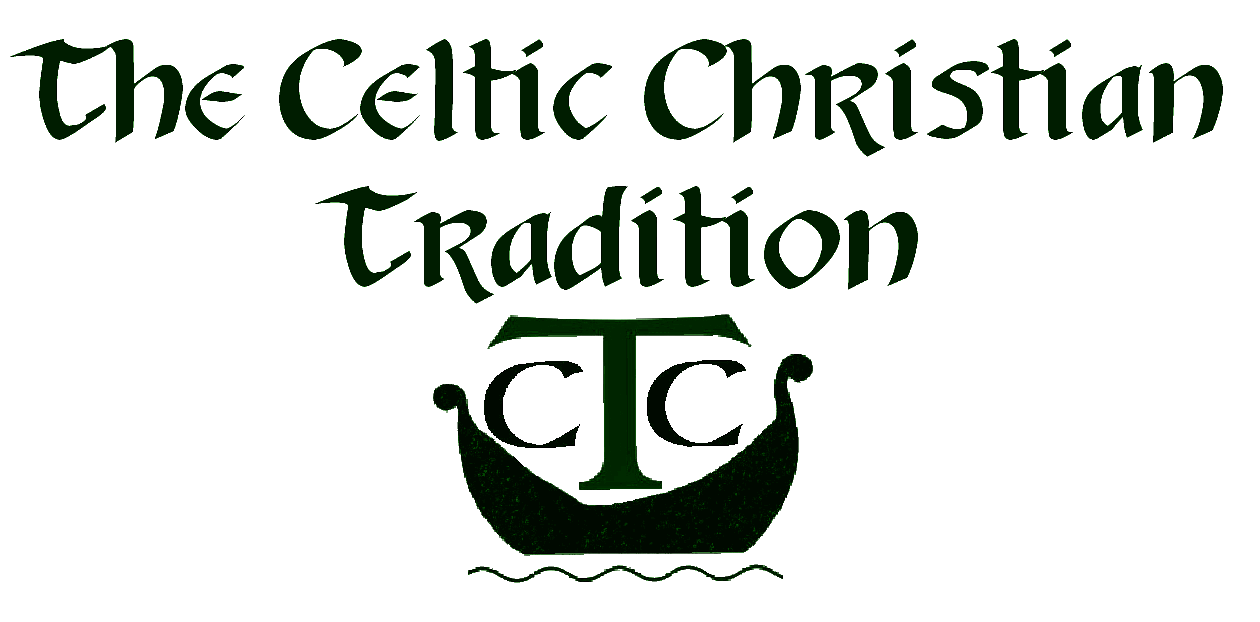
Saint Ninian
The fruit of all study is to percieve the eternal word of God reflected in every plant and insect, every bird and animal, and every man and woman. ~ St. Ninian

Saint Ninian is a Christian saint first mentioned in the 8th century as being an early missionary among the Pictish peoples of what is now Scotland. For this reason he is known as the Apostle to the Southern Picts, and there are numerous dedications to him in those parts of Scotland with a Pictish heritage, throughout the Scottish Lowlands, and in parts of Northern England with a Northumbrian heritage. In Scotland, Ninian is also known as Ringan, and as Trynnian in Northern England.
Ninian's major shrine was at Whithorn in Galloway, where he is associated with the Candida Casa (Latin for 'White House').

Early Life:
Ninian was born in the area of Scotland now known as Cumbria, perhaps near Carlisle and the area near Hadrian’s Wall. His father was either a priest or the chief of a tribe that held land on both sides of the Solway Firth.
Ninan was instructed as a teenager and young adult in Rome and must have spent some time in France as he was a great admirer of St Martin of Tours who had greatly influenced his life. When he returned to his homeland of Scotland, Ninian brought back twoFrench stone masons with him who would have the knowledge of building stone churches.
His Monastery at Whithorn: He may have been ordained as bishop by Pope Siricius in 394. As bishop, Ninian built churches, ordained priests, consecrated other bishops, and divided the land into parishes. Many Irish monks came to Whithorn to study including St. Finnian of Moville who returned to Ireland. Interestingly though, some scholars believe that Finnian and Ninian are the same person. He paved the way for the later gospel work of St. Columba and St. Kentigern in Scotland.
It seems that Ninian must have been a lover of nature as the later St. Francis of Assisi was. It is said that Ninian would visit the shepherds and their flocks surrounding his monastery. He would gather them all together in one place where he would raise his hand in prayer and with his staff draw an imaginary circle around the sheep and pray over the sheep asking for God’s divine protection.

Ninian died about 432 AD and was buried in the Church of Blessed Martin at his monastery at Whithorn. His body was placed in a stone sarcophagus near the altar of the church. It is said that the clergy and congregation sang hymns and sobbed over the loss of their spiritual leader.
Pilgrims immediately began to come to Ninian’s tomb where it is said that the sick were cured, the lepers were cleansed, and the blind received their sight. King James had an arm bone of Ninian encased in silver which was kept at Whithorn until the Reformation when it was taken to France and lost during the French Revolution. Even King James IV walked barefoot to Whithorn when his wife, Margaret Tudor was thought to be dying. She was miraculously cured and they returned together on horseback to give thanks to Ninian. Their son James V and their granddaughter, Mary Queen of Scots also made a pilgrimage to Whithorn.
Situated only 4 miles from Whithorn Abbey, it is believed that this small sea cave was a retreat of St. Ninian, Scotland's first saint.
Local tradition has it that St. Ninian used this quiet and secluded spot as a place of solitude and retreat. From the early Middle Ages onwards, the cave became a place of pilgrimage.
During an excavation of the site, many Christian symbols including carved headstones and crosses from the 10th and 11th centuries were found beneath the collapsed roof. These are now displayed in the Priory Museum at Whithorn. In addition, many more symbols, especially crosses can be found in and outside the cave, carved into the rock.
Today the cave is still the destination of an annual pilgrimage for Christians.

